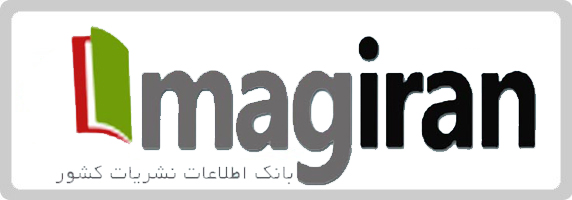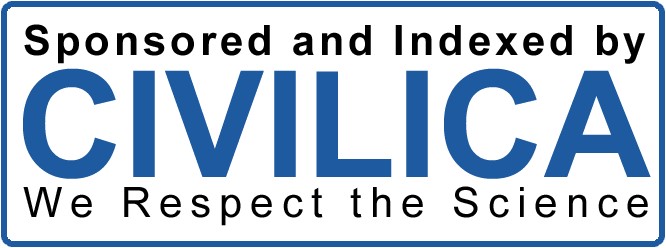About the Journal
The Journal of Cognition, Behavior, Learning (JCBL) is an esteemed open-access, peer-reviewed journal dedicated to advancing knowledge and fostering dialogue in the interdisciplinary fields of cognition, behavioral sciences, and learning. Our primary aim is to provide a high-quality platform for scholars, educators, researchers, and practitioners to share their innovative work and contribute to the global academic discourse. Published quarterly, JCBL emphasizes rigor, originality, and relevance, ensuring that all articles meet the highest standards of scientific integrity and contribute meaningfully to the fields they address.
JCBL adheres to a double-blind peer-review process to maintain objectivity and impartiality in the evaluation of submissions. The journal encourages contributions from diverse perspectives, methodologies, and disciplines, making it a hub for intellectual growth and innovation. As an open-access journal, JCBL is committed to disseminating knowledge freely to readers worldwide, removing barriers to access, and fostering inclusivity in academic publishing.

















